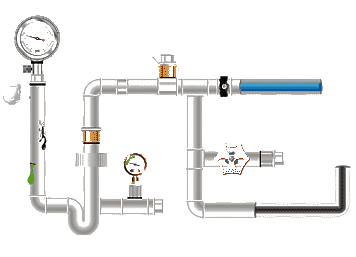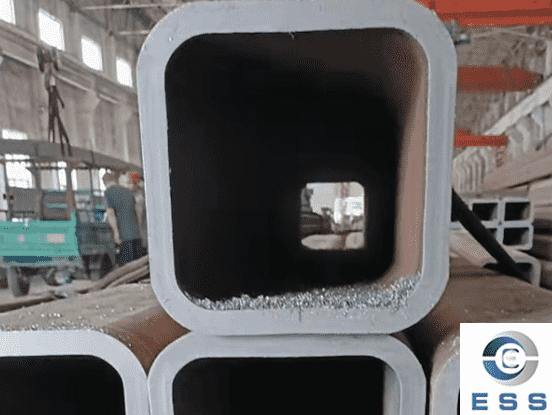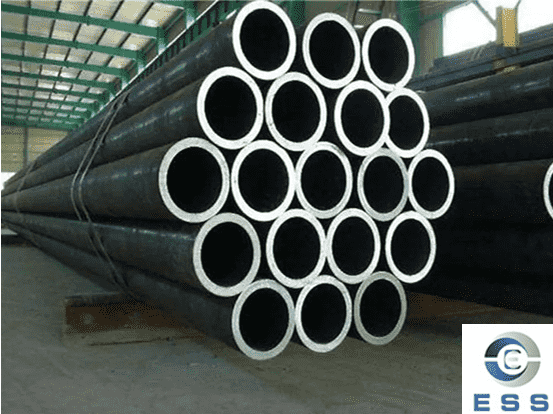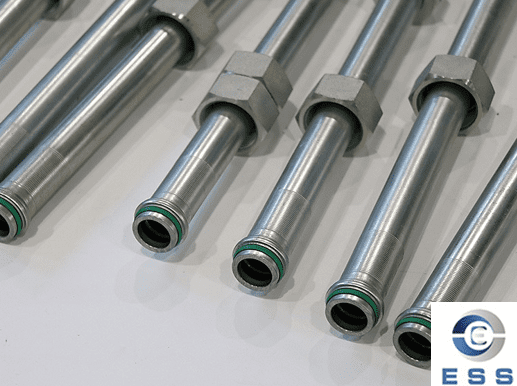
Hydraulic tubes are essential
components of hydraulic systems, transmitting the pressure and flow of
hydraulic fluid to enable various mechanical movements and actions. The size
and specifications of hydraulic tubes are crucial to the performance and use of
hydraulic systems. This article will explain the designations and marking
methods for hydraulic tube sizes to help readers better understand and select
appropriate hydraulic tube models and specifications.
Common Hydraulic Tube Markings
Common markings on hydraulic tubes include color markings,
identification numbers, length markings, and pressure rating markings.
1. Color Markings
Color markings on hydraulic tubes are commonly used to distinguish
pipes with different uses or media. Common colors include green, red, yellow,
and blue.
2. Identification Numbers
Hydraulic tube identification numbers are used to identify each pipe in
a hydraulic system. They are typically marked with Arabic numerals, letters, or
a combination of these.
3. Length Markings
Hydraulic tube length markings indicate the length of each pipe
section, typically expressed in meters or feet.
4. Pressure Rating Markings
Pressure rating markings on hydraulic tubes indicate the operating
pressure of the pipe, typically using text or graphics.
Common Size Markings
1. Metric Dimensions
Metric dimensions, also known as standard dimensions, are standardized
by the International Organization for Standardization. Metric dimensions are
typically designated "DN" followed by a number, such as DN25, DN50,
etc. The number represents the pipe's diameter in millimeters. For example,
DN25 indicates a pipe with a diameter of 25 mm.
2. Imperial Dimensions
Imperial dimensions, also known as inches, are primarily used in
countries like the United States and the United Kingdom. Imperial dimensions
are typically designated "inch" followed by a number, such as 1/2
inch, 3/4 inch, etc. The number represents the pipe's diameter in inches. For
example, 1/2 inch indicates a pipe with a diameter of 1/2 inch.
3. German Standard Dimensions
German Standard Dimensions, also known as DIN, are standards developed
by the German Industrial Standards Association. German Standard Dimensions are
typically designated "D" followed by a number, such as D16, D32, etc.
The number represents the pipe's outer diameter in millimeters. For example,
D16 indicates a pipe with an outer diameter of 16 mm.
4. American Standard Dimensions
American Standard dimensions, also known as ANSI, are standards
developed by the American National Standards Institute. ANSI dimensions are
typically designated "ID" followed by a number, such as ID14 or ID21.
The number represents the inner diameter of the pipe in inches. For example,
ID14 indicates a pipe with an inner diameter of 14 inches.
Other Hydraulic Tube Size Designations
In addition to the common hydraulic tube size designations and
designations listed above, there are also specialized hydraulic tube size
designations and designations, such as those based on ISO and Japanese
standards. The following are some common hydraulic tube size designations and
designations:
1. Diameter Designation
Hydraulic tube models are designated by their inner diameter (ID). For
example, a hydraulic tube with an ID of 6 mm would be designated as 6x1, where
"6" represents the diameter (internal width) of the pipe and
"1" represents the wall thickness (external width). When using the
diameter marking method, the pipe diameter is often indicated by IOD (Inner
Diameter), while O.D (Outer Diameter) indicates the outside diameter.
2. Wall Thickness Marking Method
The hydraulic tube model is indicated by its wall thickness. For
example, a hydraulic tube with a 2mm wall thickness is designated as SCH40.
"SCH" indicates the standard wall thickness, and "40"
indicates the specific wall thickness.
3. Material Marking Method
The hydraulic tube model is indicated by its material. For example, a hydraulic
tube made of 304 stainless steel is designated as S30400. "S"
indicates stainless steel, and "304" indicates the specific grade.
4. Length Marking Method
The hydraulic tube model is indicated by its length. For example, a hydraulic
tube with a length of 10m is designated as 10m.
5. Pressure Rating Marking Method
The hydraulic tube model is indicated by its pressure rating. For
example, a hydraulic tube with a pressure rating of 10MPa is designated as
10MPa.
Summary
Different hydraulic tube manufacturers and applications may use
different names and identification methods. The above are just some common hydraulic
tube size names and identification methods. In actual use, the correct name and
identification method should be selected based on the specific situation. Also,
please note the following points: When selecting hydraulic tube, choose the
appropriate model and specification based on actual needs, taking into account
factors such as operating pressure, flow rate, and medium. When installing and
using hydraulic tube, be sure to comply with relevant standards and
specifications to ensure safety.










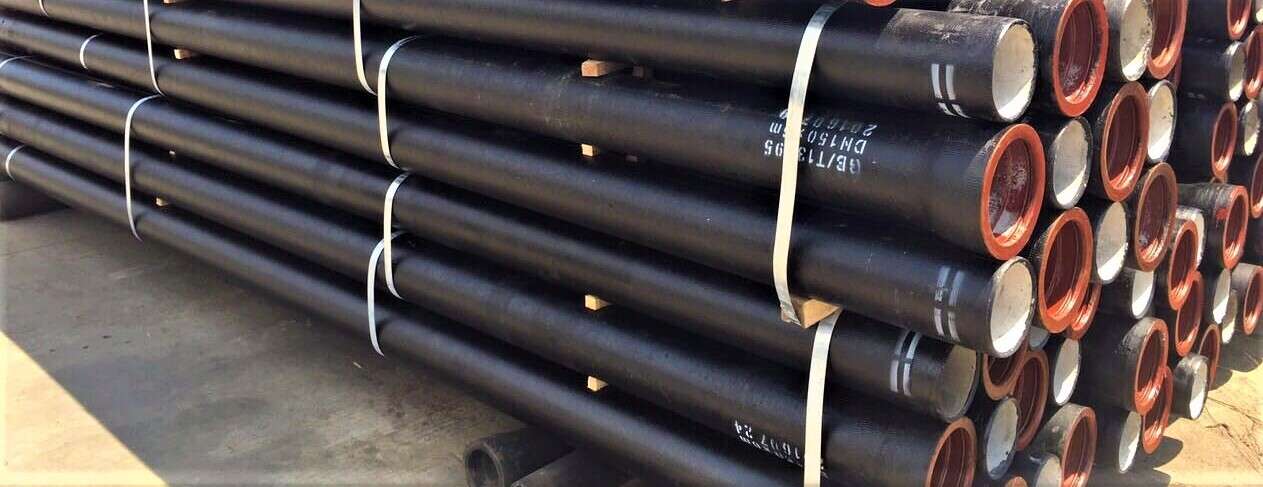


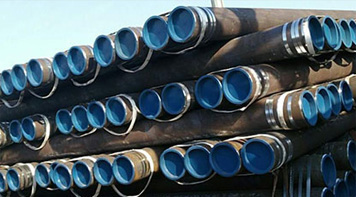 Eastern Steel Manufacturing Co.,Ltd not only improve product production and sales services, but also provide additional value-added services. As long as you need, we can complete your specific needs together.
Eastern Steel Manufacturing Co.,Ltd not only improve product production and sales services, but also provide additional value-added services. As long as you need, we can complete your specific needs together.
